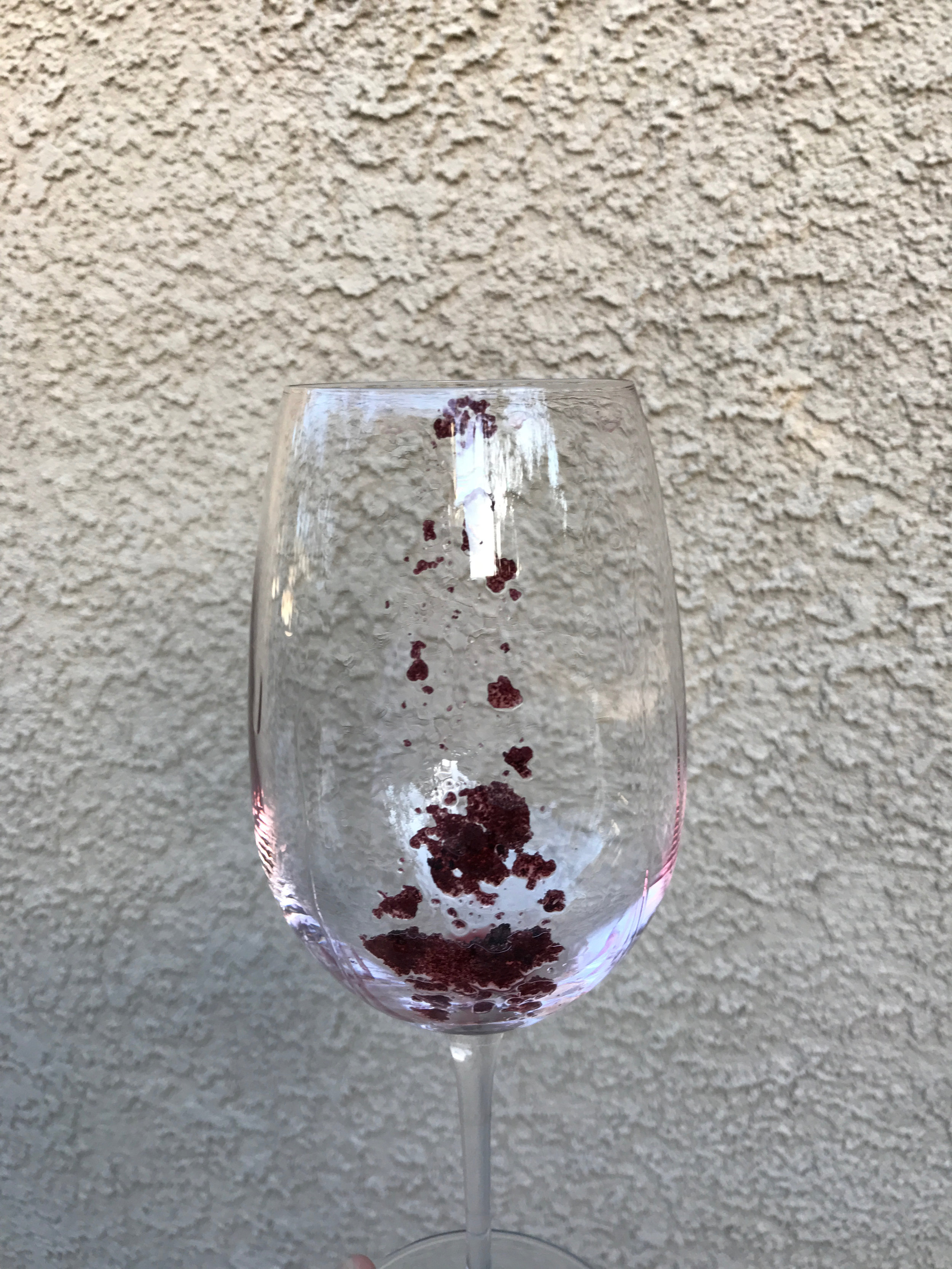I recently opened a bottle of red wine, poured myself a glass and took a first sip only be greeted by a bunch of sediment in my mouth. This was a Sangiovese that I hadn’t even thought about filtering first. But, I then noticed on the front of the bottle’s label the words “Unfinded and Unfiltered.” Ah ha! That explained the small bits in my first sip.
The process for making red wine begins with fermenting the grapes with the skins, seeds and sometimes the stems present. The skins are what gives a red wine its color. But, at some point, the skins, seeds and stems are separated from the fermented juice. Then, the wine is aged. And, just before the wine is bottled, it may go through one of several processes to remove any remaining sediment.
The processes for removing sediment from wine include racking, fining or filtering. Racking allows for the natural settling of the sediment to the bottom of the barrels. Then, the wine is pumped out of the top of the barrel leaving the ‘bottom of the barrel’ remains. Filtering can also be used to remove sediment but too much filtering can remove important particles that yield a wine’s aromas and flavors. The fining process also removes sediment from wine but it’s done by adding coagulants to the wine. These coagulants immediately bind to the sediment particles and under the force of gravity, fall to the bottom of the vessel. Fining agents can include egg whites, gelatin or a milk protein called casein. In all cases, these fining agents do not remain in the wine, do not leave any residual flavor and are removed with the sediment.
So, as you’ve guessed by now, a bottle of wine that is ‘Unfined’ or ‘Unfiltered’ is going to have sediment in it. And, once again reminds me that I need to read the label and use my own filter so that I can enjoy my first glass of wine from a bottle without sediment. Cheers!




